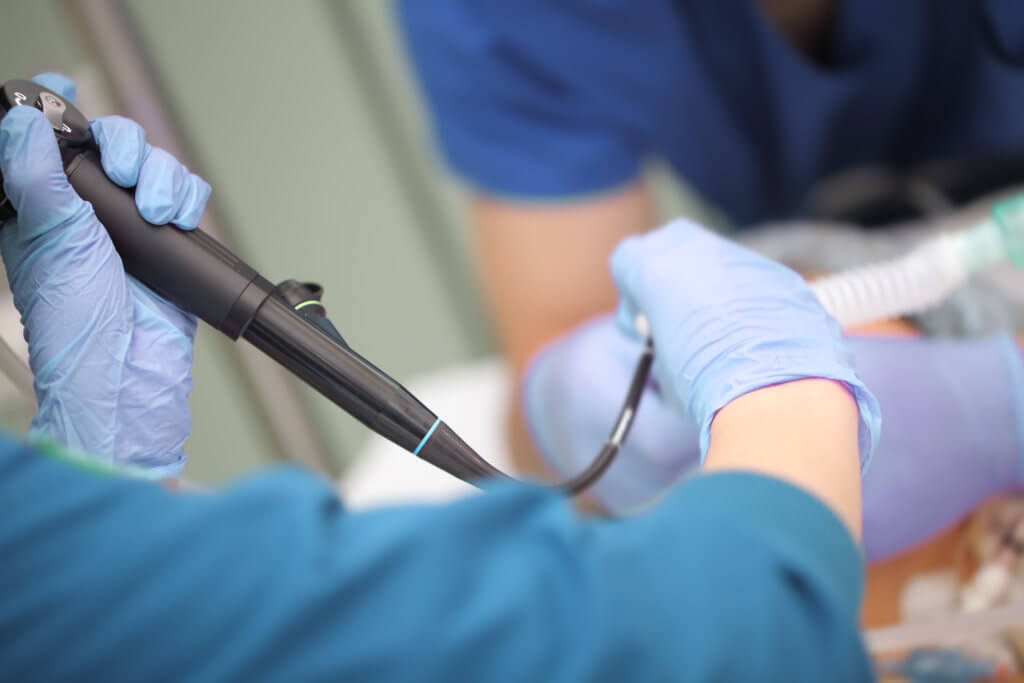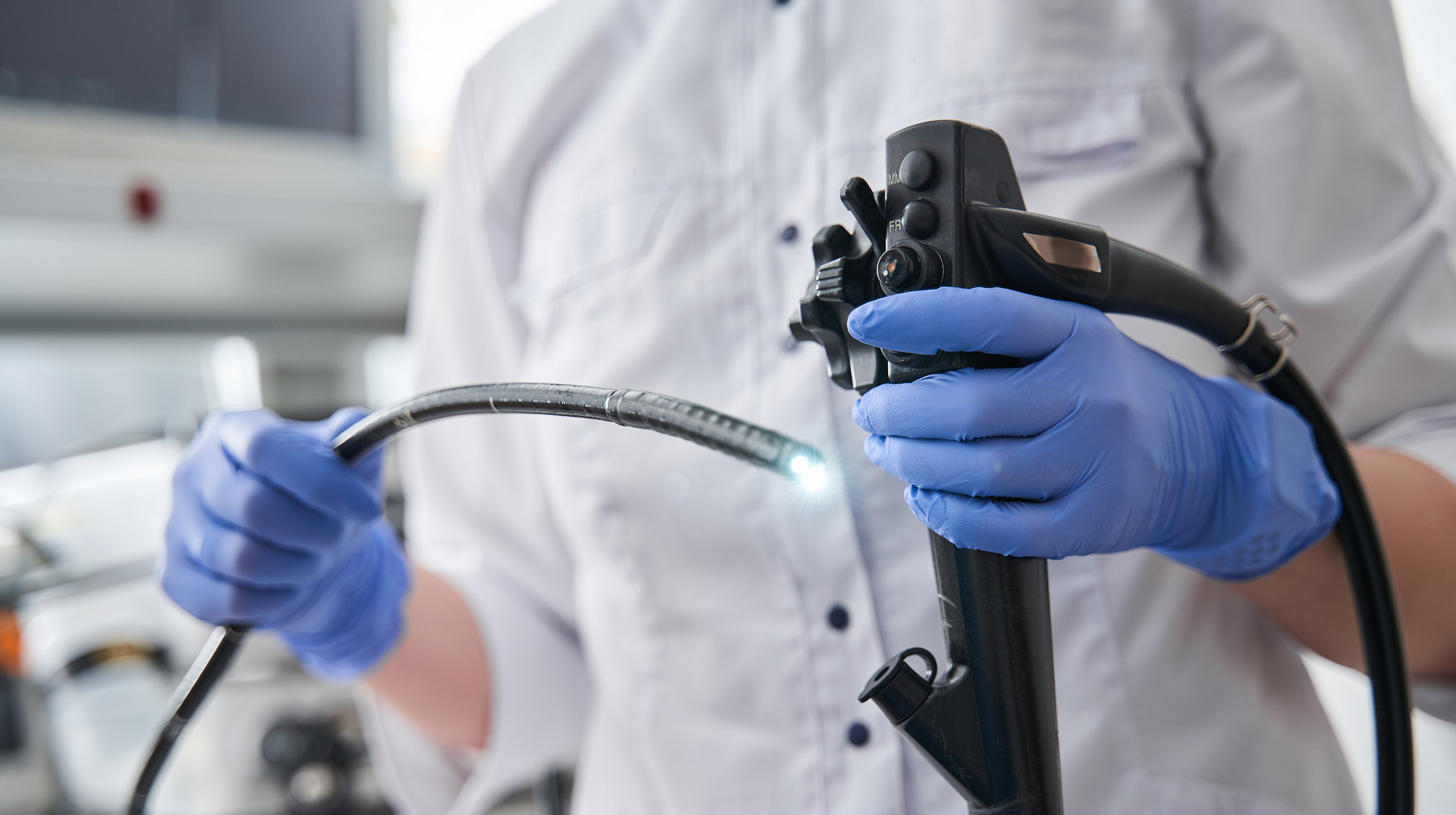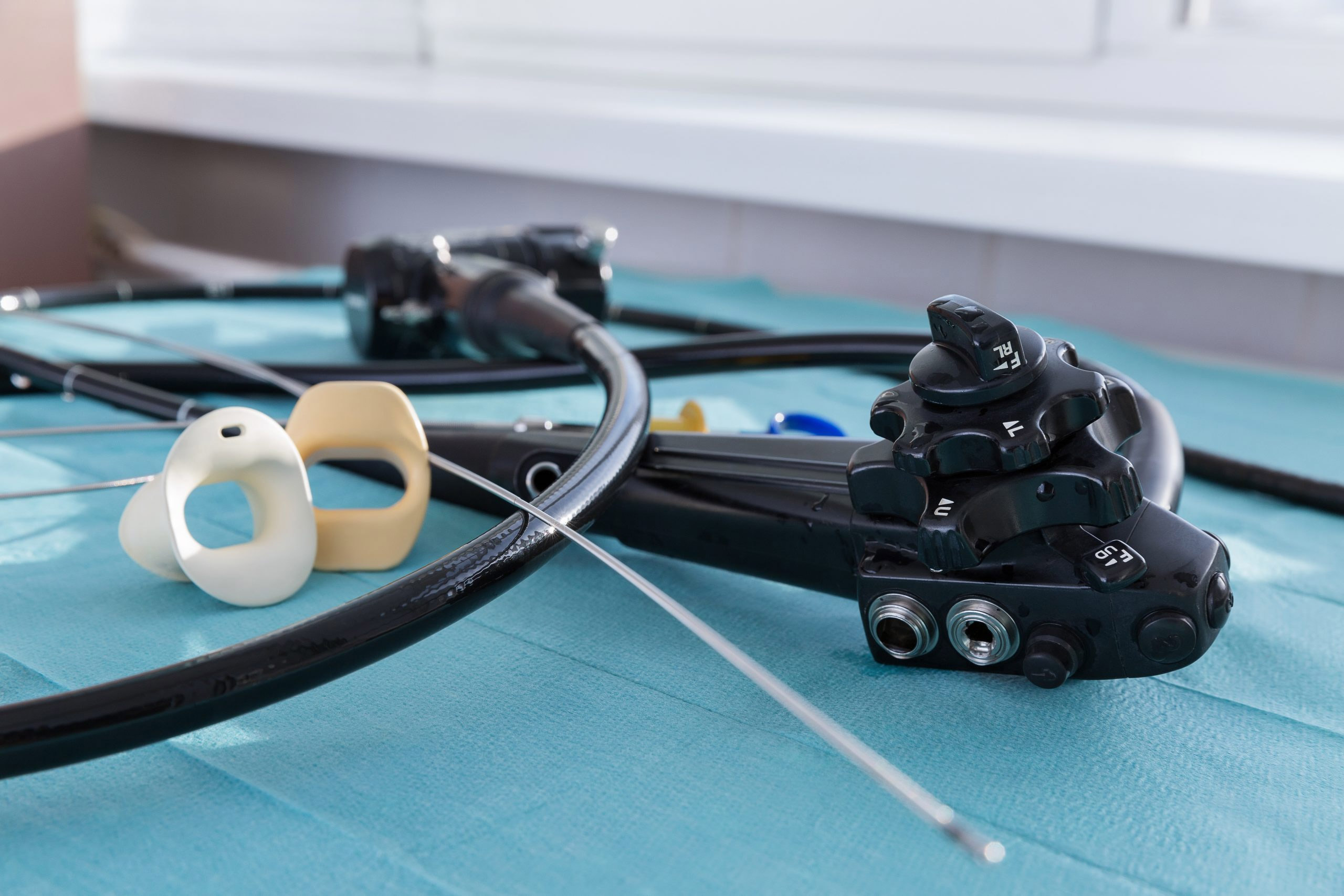
All members of the healthcare community showed the ability to adapt on the fly throughout the COVID-19 pandemic.
Urology nurses are no exception.
The University of Oklahoma Health Sciences Center Urology outpatient clinic operations previously saw 100 percent of its patients in person, but for a stretch of approximately six weeks, 90 percent were suddenly seen remotely.
Glenn Sulley, writing in a guest editorial in the Urologic Nursing Journal, noted that he and his colleagues “were fortunate to remain in operation.” In surrounding areas, nurses were furloughed or redeployed to directly aid in COVID-19 relief.
The telehealth transition meant learning new IT skills to make telemedicine possible and revolutionize how care is provided. High-tech barriers needed to be overcome – many elderly patients were either uncomfortable with it initially or didn’t have access to the technology. As elective surgeries and in-office procedures were postponed, routine tasks like catheter changes were deferred to home health agencies.
“The tribulations were not necessarily unique to urology, but they obviously impacted the way urology services could be provided going forward,” Sulley wrote.
Screening protocols were implemented and new requirements regarding personal protective equipment were added for in-office procedures.
Teams at the clinic worked alternative weekly shifts in clinic “supporting screening, triage, and ongoing clinical operations.” When working remotely from home, they supported scheduling of virtual visits and administrative tasks.
Sulley, a nurse manager at his institution, is the director-at-large for the Society of Urologic Nurses and Associates.


